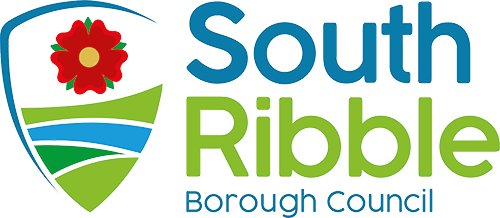Biodiversity Strategy
Glossary of Terms
Aquatic invertebrates - animals without a backbone (e.g. insects) that spend the majority of their lifecycle in freshwater, marine of estuarine environments
Aquatic vegetation - a plant that grows partly or wholly in water
Arisings - grass cuttings left after mowing
Biodiversity - the variety of plant and animal life across the world
Biodiversity net gain - an approach to development that leaves biodiversity in a better condition than before
Biosecurity - measures aimed at preventing the introduction or spread of harmful organisms
Deadwood - parts of a tree or branch that are dead
Differential mowing- cutting grass to different heights and at different times
Ecosystems - a community of interacting organisms and their physical environment
Invasive non-native species- those species that have been introduced to a country by humans, whether accidentally or on purpose.
Local distinctiveness- the unique character of a place
Marginal vegetation- aquatic plants found around the edges of a pond or stream
Perennial - living for several years
Principle Importance- those species and habitats that are most threatened, in steepest decline or where the UK has a significant proportion of the world total.
Priority habitats and species- a range of habitats and species that were identified as the most threatened and requiring conservation action
Riparian - the edge of a river, or relating to this area
River catchment area- the area from which water flows into or is drained by a river
Saproxylic species- those species that are dependent on dead or dying wood
Sward height - the height of the grass before it is cut
Symbiotic relationship - a close ecological relationship between two or more different species
Wildlife Corridors - a strip of natural habitat connecting areas of habitat or species otherwise separated by cultivated land, roads or buildings




